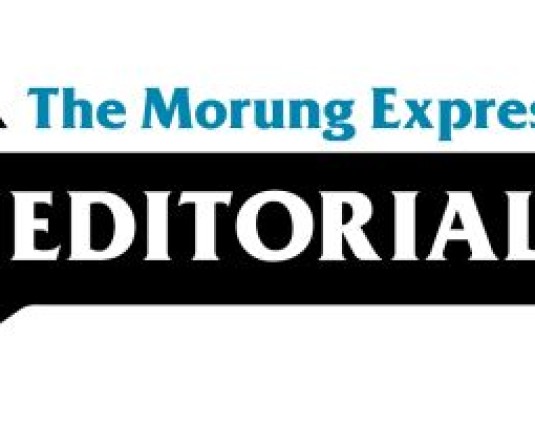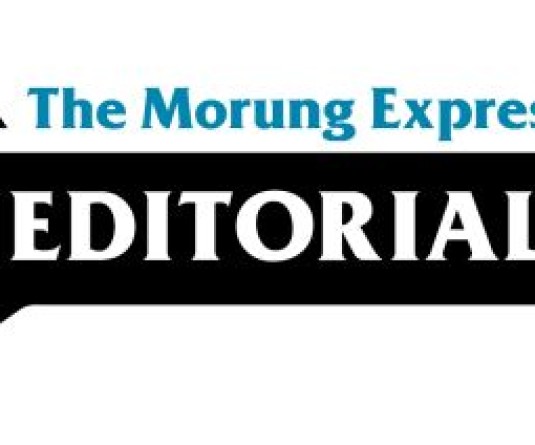
The November 4 rally by twenty-three schools in Kohima extending solidarity towards the campaign for the inclusion of rights of differently-abled persons is timely and need urgent replication in other areas. Naga society often asserts itself as an ‘egalitarian,’ but empirical evidence portrays a different story.
The result of a survey of 300 schools in Nagaland analysing the “implementation of inclusive education, disability rights and level of awareness on disability in Nagaland,” released at the backdrop of the rally is a grim reminder.
Among others, the survey highlighted denial of economic rights including denial of scholarship & schemes as well as non-implementation of reservation policies - scholarship schemes were pending for 2-3 years while job reservation policies have not been implemented properly resulting in high level of unemployment. In 2015, there were 1109 differently-abled applicants seeking jobs in Nagaland at the live register of Employment Exchange.
At another level, infrastructural and accessibility constraints in schools deny differently-abled persons their basic rights to barrier-free education. Only few schools have ramps, handrail, grab bars, anti-skid floorings while more than 60% of the schools did not make any toilet provision for differently-abled students.
Curriculum wise, 106 schools do not have teaching and learning materials (TLMs) and lack adequate space and seating arrangement for children. Assistive devices and adapted furniture were absent in 60 schools. Besides, a huge percentage of teachers had never been trained to deal with such students, with 250 schools, out of the 300 schools sampled lacking even a single trained teacher to train differently-abled children.
Consequently, it is also reflected by the lack of inclusive curriculum or internal policy for extra-curricular activities with only 5% of the school planning events keeping the concerns of those students in mind.
Such ground realities are reflected by other reports. As per 2011 Census, Nagaland had 29,631 ‘persons with disability’ or 1.5 percent of the total population. Activists associated with differently-abled persons assert that there will be many more unidentified individuals, particularly in rural areas.
A 2016 report by Social Statistics Division of the Union Ministry of Statistics and Programme Implementation (MOSPI) bracketed Nagaland as one of the states with the lowest literacy for differently-abled persons.
“The percentage of disabled children (who) never attended educational institution is highest in Nagaland (39%) followed by Assam (36%),” it said, adding that 19 States/ UTs had higher rate than the national level average at 61%. Nagaland was also the third lowest in the category of differently abled children attending school between 5-19 years.
Besides, they face several layers of social stigma, often culturally constructed and practised subtly or covertly.
In the light of such revelations, the Naga society assertion of ‘egalitarianism’ proves illusionary, and grievances faced by the differently-abled persons are economic, socio-cultural and institutional. These outcomes are telling and need to be addressed immediately by all stakeholders.
During the consultation process for ‘Nagaland Vision 2030,’ right activists had advocated the need for the development of policies, programmes and systems that affect “people with disabilities.” While noting that it was crucial and appropriate that this sector of social services be taken into serious consideration, the vision document was silent on policy measures, except advocating for “State Disability Policy” to allow them “to exercise their human rights.”
The November 4 rally had sensitized the young children about needs of their differently abled friends; it is now the policymakers and societies’ turn to offer them a barrier-free world.





